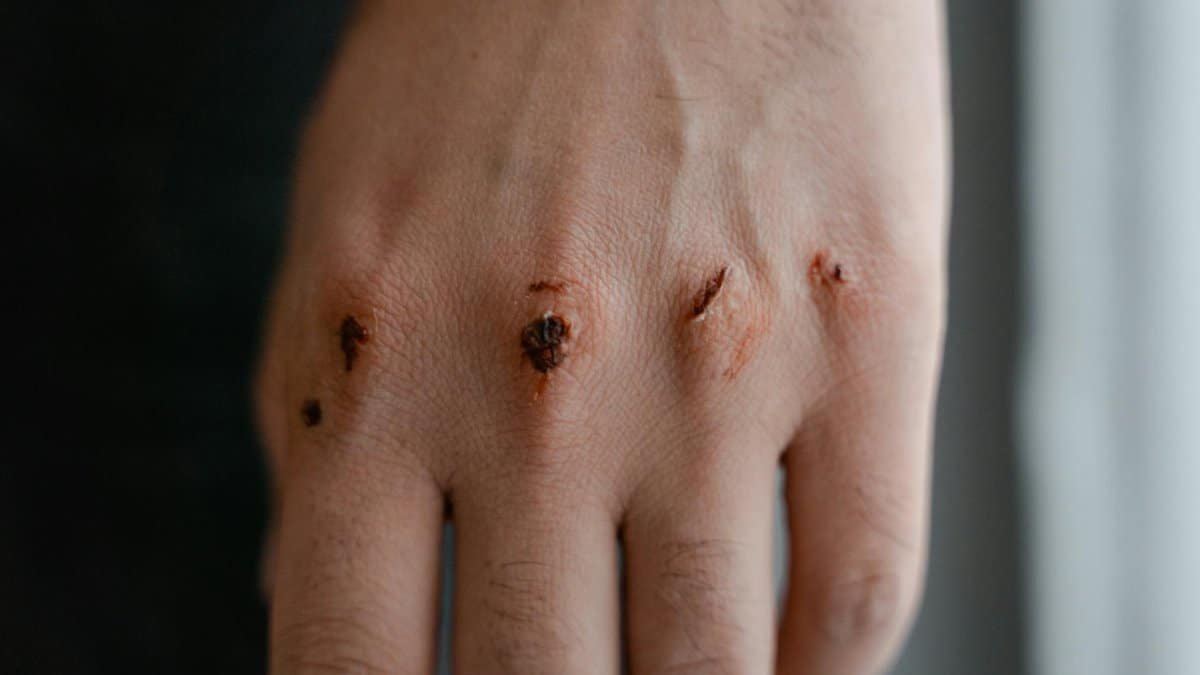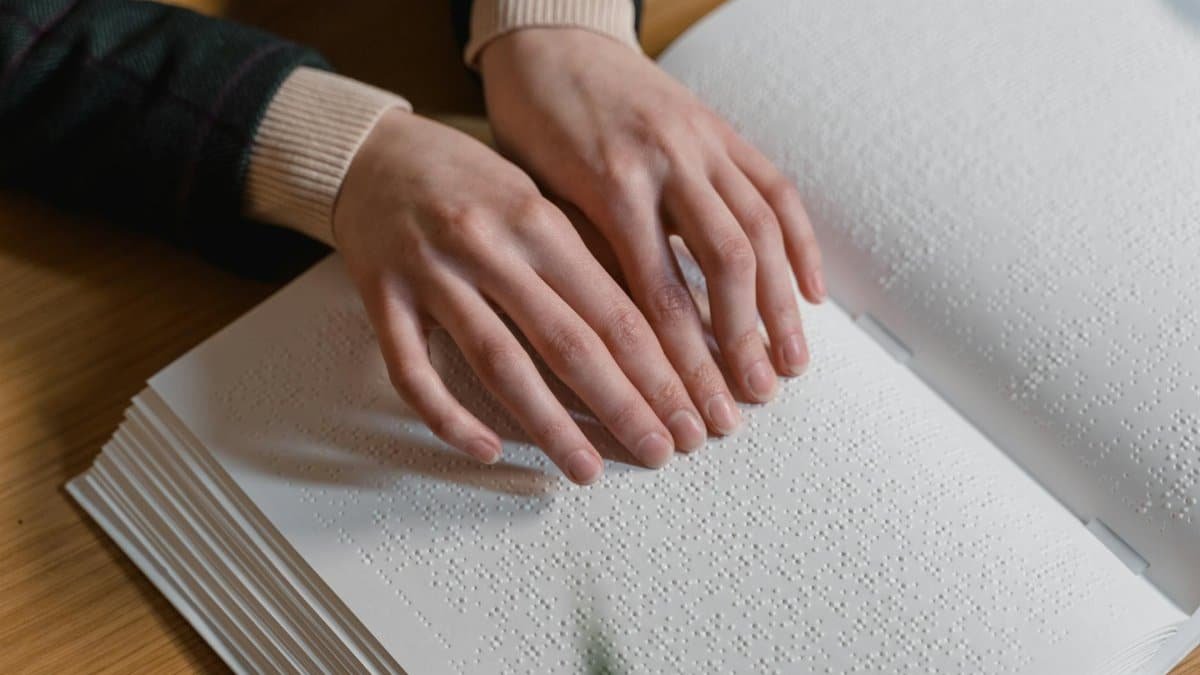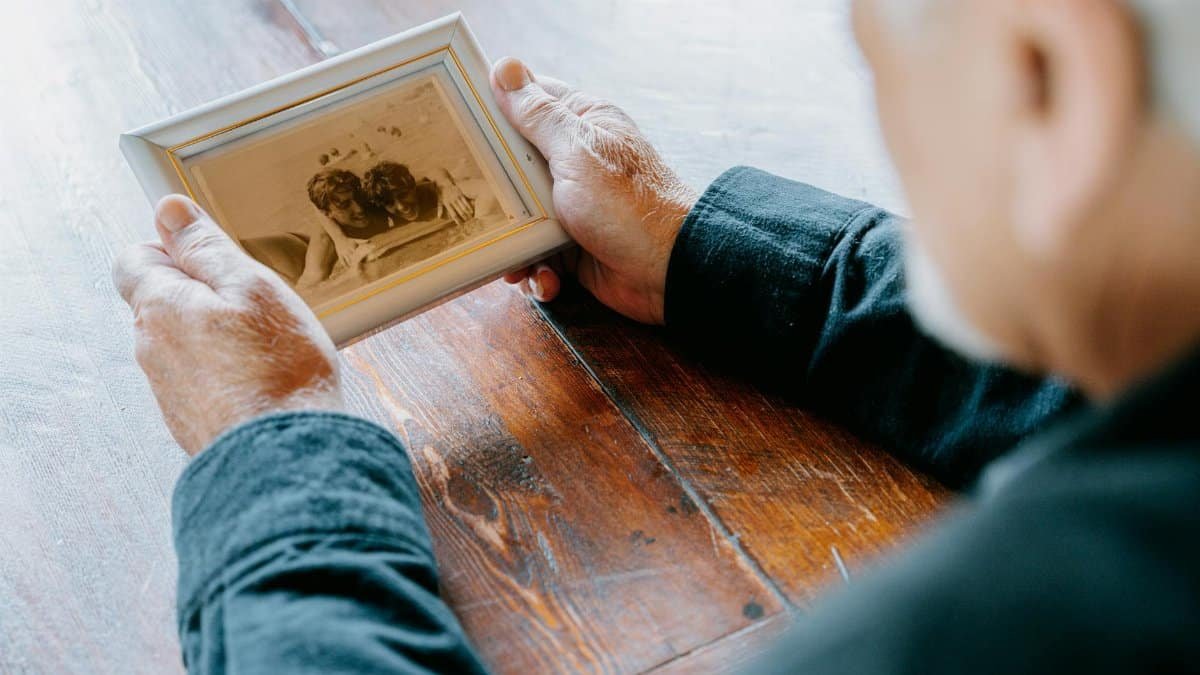In a startling revelation from recent studies, up to 70% of adults report unexplained physical sensations tied to past traumas, even when the memories have faded from conscious thought. This phenomenon, often overlooked, underscores how the body acts as a silent archive of our experiences. Enter growth awareness: the emerging practice of tuning into these bodily signals to foster personal healing and development. As mental health experts emphasize in 2025, ignoring these cues can stall emotional progress, but acknowledging them opens doors to profound change.
The Hidden Archives of the Body

Our bodies don’t forget. While the mind might bury painful events, muscles, nerves, and even organs store the residue. Think of it as an internal filing system that operates without our permission. Researchers at Harvard Medical School have explored this through studies on somatic memory, showing how stress hormones like cortisol imprint on cellular levels. This isn’t just theory; it’s backed by brain imaging that reveals activated regions during triggered responses. For those pursuing growth awareness, recognizing these archives is step one. It transforms vague discomfort into actionable insights, allowing individuals to address unresolved issues head on.
Trauma’s Physical Footprint

Ever felt a knot in your stomach during a harmless argument? That’s trauma’s echo. Experts say experiences like childhood neglect or accidents leave physical imprints, manifesting as chronic pain or tension. A report from the National Institutes of Health details how the vagus nerve plays a key role in this process, carrying signals from brain to body and back.NIMH on PTSD highlights that untreated somatic memories contribute to disorders like PTSD. Growth awareness encourages practices like body scanning to map these footprints, turning awareness into a tool for reclaiming control.
From Forgetting to Feeling

Forgetting isn’t erasure; it’s relocation. Psychologists note that suppressed memories shift to the somatic realm, where they influence behavior subtly. A study published in the Journal of Psychosomatic Research found that participants with repressed emotions showed higher rates of unexplained ailments. This ties directly to growth awareness, which promotes mindful acknowledgment over denial. In 2025, therapists are integrating this into sessions, helping clients feel their way through forgotten narratives. The result? A more integrated self, where mind and body align for genuine progress.
The Role of Mindfulness in Unlocking Memories

Mindfulness isn’t just buzz; it’s a bridge to bodily wisdom. Techniques like yoga or meditation heighten sensitivity to internal cues, revealing hidden memories. According to a comprehensive review by the American Psychological Association, these practices reduce physiological stress markers by up to 40%.APA on Mindfulness supports this, linking it to better emotional regulation. For growth awareness enthusiasts, this means actively engaging with the body’s signals, fostering a deeper understanding that propels personal evolution beyond surfacelevel fixes.
Healing Through Somatic Awareness

Healing starts when we stop pretending everything’s fine. Somatic therapies, such as sensorimotor psychotherapy, target these embodied memories directly. Practitioners report success in alleviating symptoms that talk therapy alone can’t touch. Data from the Substance Abuse and Mental Health Services Administration shows integrated approaches yield better outcomes for trauma survivors. Embracing growth awareness here involves daily checkins with one’s physical state, gradually dissolving barriers to wellbeing. It’s not quick, but it’s effective, offering a path to peace that’s rooted in reality.
Everyday Impacts on Mental Health

Bodilyheld memories affect daily life more than we realize. From sleep disturbances to interpersonal conflicts, these ghosts shape our reactions. A Pew Research survey on mental health trends in 2025 indicates rising awareness of somatic factors among Americans, with 55% seeking holistic treatments. This shift aligns with growth awareness principles, urging people to view symptoms as messages rather than nuisances. By addressing them, individuals report improved relationships and productivity, turning potential setbacks into opportunities for selfcare.
Challenges in Recognizing Bodily Signals

Not everyone tunes in easily. Cultural norms often dismiss physical sensations as irrelevant, leading to prolonged suffering. Experts warn that ignoring these can exacerbate anxiety or depression. A study from the CDC on chronic stress reveals correlations with somatic complaints in over half of affected adults.CDC on Stress and Coping provides strategies, emphasizing early detection. Growth awareness counters this by building habits of introspection, though it requires patience to overcome initial resistance.
Practical Steps for Growth Awareness

Ready to start? Begin with simple body scans: lie down, breathe deeply, and note any tensions. Journaling these observations helps connect dots to past events. Therapists recommend combining this with professional guidance for safety. Resources from the Mayo Clinic outline beginnerfriendly methods, showing measurable benefits in mood stability. In essence, growth awareness is about consistent practice, transforming forgotten pains into stepping stones for a calmer, more centered life.
The Broader Implications for SelfCare

This isn’t isolated to individuals; it’s a societal shift. As more embrace how bodies hold memories, mental health conversations evolve. In 2025, wellness programs increasingly incorporate somatic elements, per industry reports. The impact? Reduced stigma around embodied trauma and empowered communities. Ultimately, growth awareness fosters a holistic view of healing, where pretending ends and true peace begins, one bodily insight at a time.
